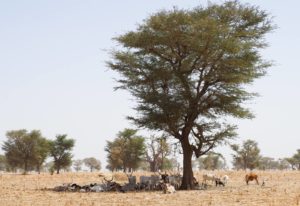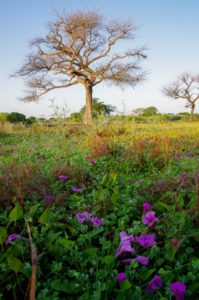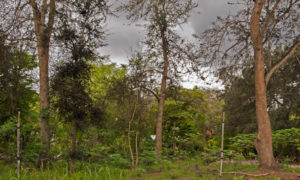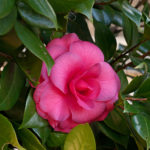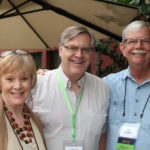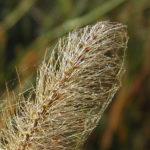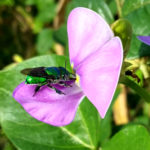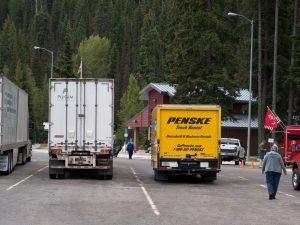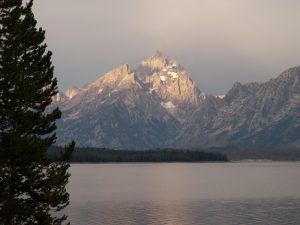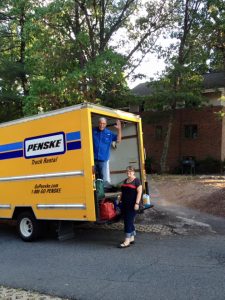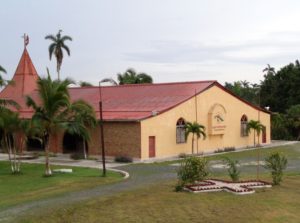 October 2 – 7th I had the opportunity to visit Cuba with a team from ECHO. We were hosted by the United Methodist Church of Cuba and had an excellent experience. The purpose was to visit several sites and learn what agricultural activities were planned so that we could then discuss how ECHO might be able to help.
October 2 – 7th I had the opportunity to visit Cuba with a team from ECHO. We were hosted by the United Methodist Church of Cuba and had an excellent experience. The purpose was to visit several sites and learn what agricultural activities were planned so that we could then discuss how ECHO might be able to help.
Of course I was on the lookout for birds the whole time! There was very little spare time for focused birding but I did manage to find 8 life birds.
- Cuban Crow was observed while driving around Havana. It’s a crow!
- Antillean Palm-Swift — we were on our way to the Methodist campground in central Cuba and stopped for the usual reason one stops on a road trip. There were dozens of these swifts swirling around the small restaurant. It’s hard to keep such an aerial acrobat in binoculars and the birds were mostly silhouetted by the bright sky, but I was able to pick out the white rump on several individuals.
- Greater Antillean Grackle — I got just a quick look at an individual bird in the top of a tree but this is the only grackle one would find in Cuba and the field marks were right.
- Cuban Emerald — a beautiful emerald green hummingbird. One bird was spotted at a farm near the southwest coast and two more at the Methodist campground stuck around for a very good look one morning
- La Sagra’s Flycatcher — similar to the Great Crested Flycatcher common here in Florida. This La Sagra’s was foraging on the forest edge at the Methodist campground
- Cuban Blackbird — Many of these at the campground. Basically a black bird but handsome in it’s Johnny Cash sort of way!
- Red-legged Thrush — This one (well several at the campground) was a real treat. A robin sized thrush, actually same genus as American Robins, with a black throat, white “moustache”, red eye-ring, black and grey striped wings, and of course, red legs.
- Great Lizard-Cuckoo — the best bird appeared last when I thought chances of finding any more lifers had pretty much evaporated. Then the pastor we were visiting pointed to the bushy trees and this very large Cuckoo, unmistakable due to size and the black and white underside to the tail.
So I ended the trip with eight lifers out of only 22 birds observed in Cuba. But the main objectives of the trip were accomplished.
The arrangements for accommodations and travel were very well organized and we thoroughly enjoyed the generous hospitality, food and friendliness of our hosts. We look forward to future collaboration between ECHO and farmers in Cuba.

